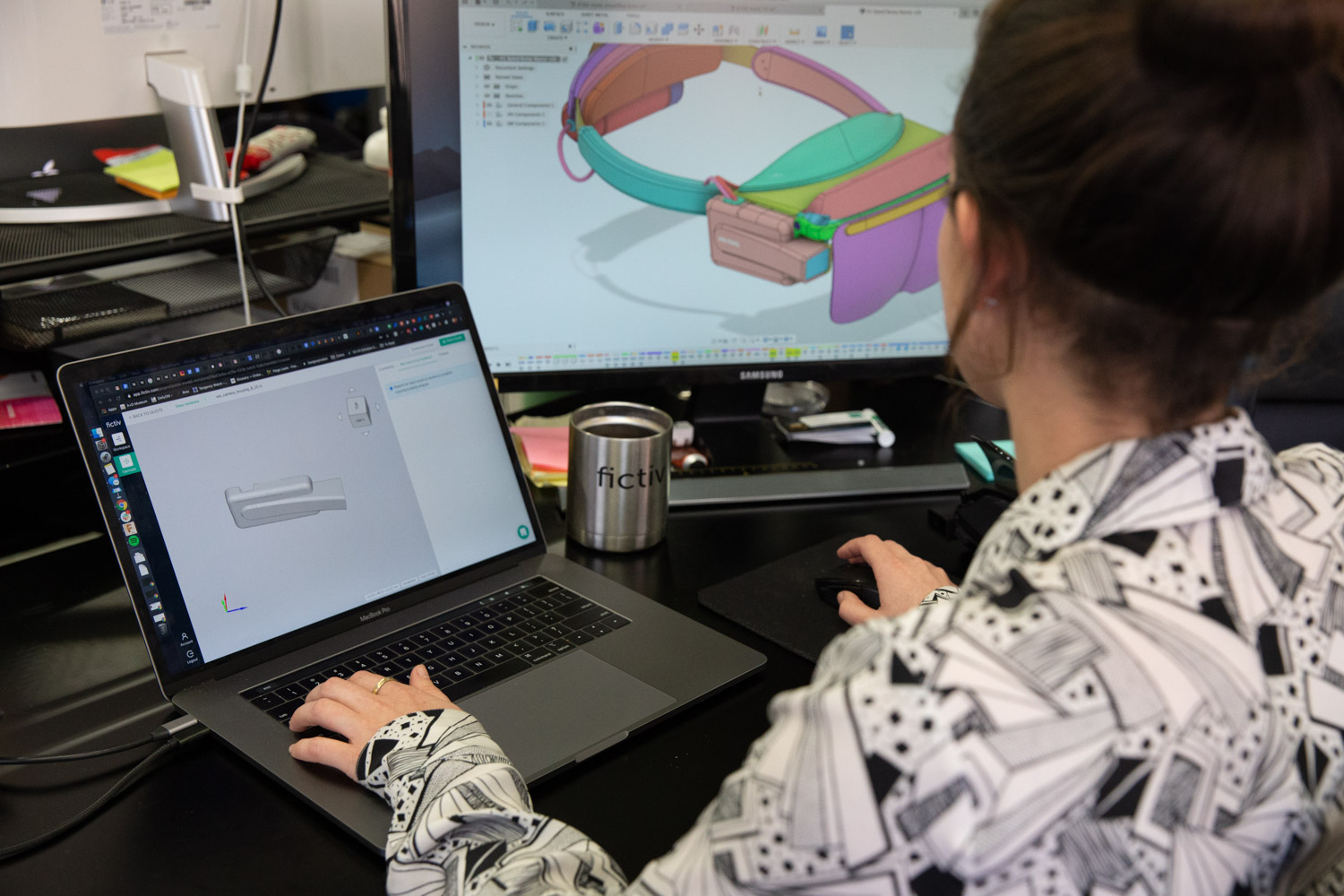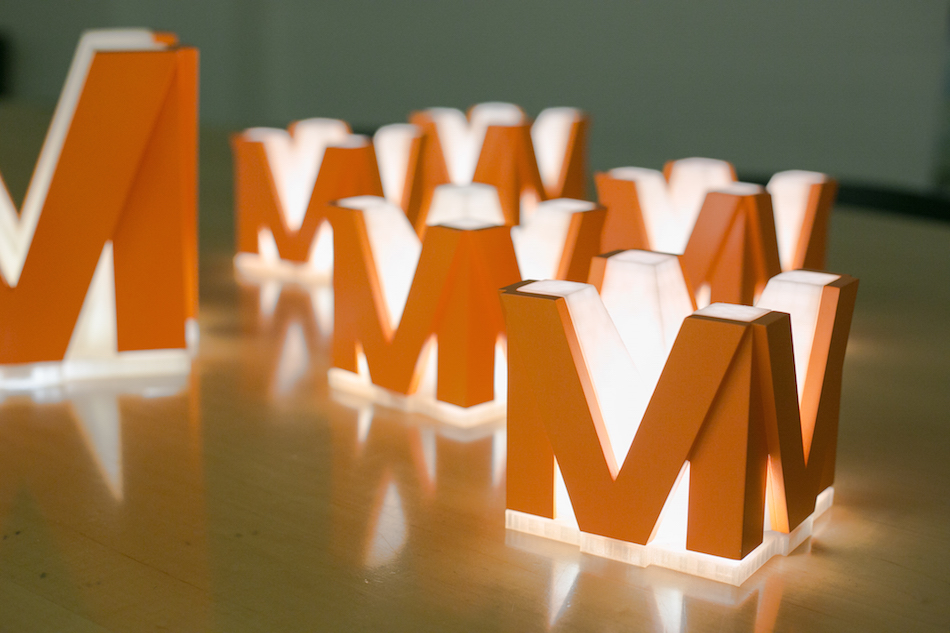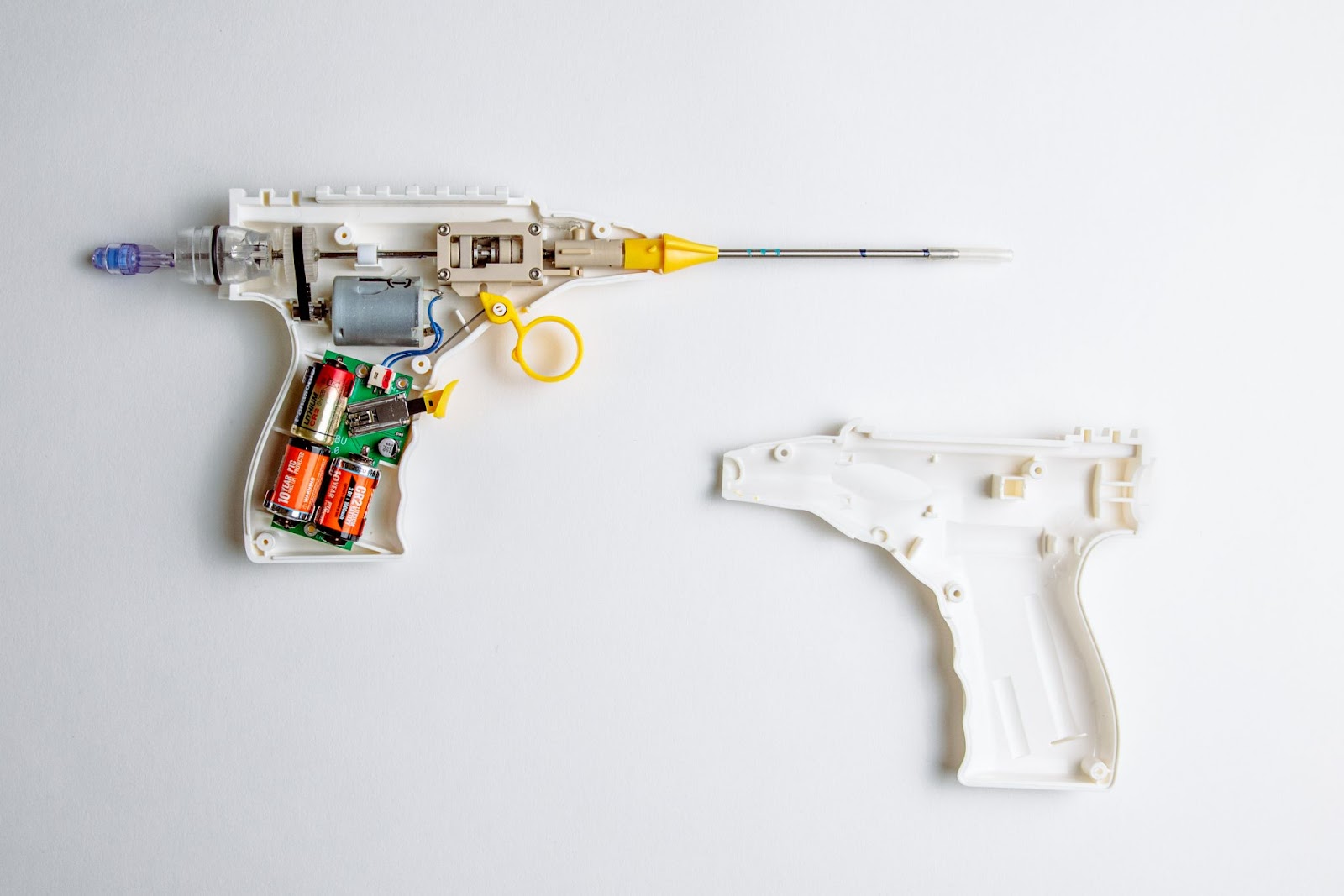Time to read: 5 min
According to the U.S. Bureau of Labor Statistics, the field of industrial design is expected to grow substantially over the next eight years. And, with an average salary of $77,030 a year reported in 2021 (but closer to $104,000 in San Francisco), the field promises great job security and financial stability. Plus, design thinking, a foundation of industrial design, is taking center stage as a creative way to solve problems in the corporate sector and beyond.
In this article we’ll discuss the field of industrial design and three of the most common paths you can take to build a career in the field.
Industrial Design – An Exciting Career Path
While many schools offer a degree in industrial design, some colleges provide other degrees along with industrial design courses to give their graduates more options after graduating. Industrial designers (aka product designers) are responsible for designing consumer products, industrial machines, automotive components, aerospace products, medical industry parts, and other physical products.
They are often responsible for material sourcing and manufacturing planning (costing and process design). This is why an industrial designer’s job description involves many facets; industrial designers employ art, materials science, engineering, and a focus on consumer needs to do their jobs well. It’s a versatile field with multiple potential career paths, but which one should you choose?
The three most common industrial designer career paths are:
- In-house designer at a company
- Freelance as a designer or design studio
- Create a product and/or form a company and become an entrepreneur
These three paths are significantly different when it comes to personal fulfillment, depending on your goals and aspirations. Let’s take a look at each path and explore the different considerations, challenges, and perks related to each.

Path #1: Join a Company as an In-House Designer
Many industrial designers spend their entire careers working for companies in salaried positions, often at some of the most successful companies in the world — think Microsoft, Tesla, Nike, Sony, or design firms like IDEO or Whipsaw. And according to the National Endowment for the Arts report on the health of industrial design in the U.S., most salaried industrial designers work in manufacturing or in professional, technical, or scientific services.
The benefits of being a salaried employee at a company, whether it’s a Fortune 500 company or a startup, are:
- Reliable salary and benefits, with set hours
- Opportunities to advance in your career and become a manager, director, VP, or C-level executive
- The chance to work for some of the top companies in the U.S. and the world.
- Solve challenging problems via design, in a focused way
- Focus your entire role on design, rather than management, manufacturing, payroll, business development, etc.
The challenges include:
- No (or little) choice in the projects you work on
- Less flexibility in your daily role because you must use your company’s process and approach
- The product belongs to your company (or your client), so you must tow the company line — this limits your design flexibility
Path #2: Freelance Designer
For those who prefer flexibility and working with multiple clients, freelancing is a great way to leverage your design skills and have more control over your time and projects.
Research shows that 36% of the U.S. workforce does freelance work, and with the growth of the gig economy in 2022 and beyond, we expect that number to increase. Whether you work for a design firm as an individual contributor or as a consultant for a larger company, or even run your own design studio, working on your own gives you immense freedom.

The benefits of freelancing include:
- Control your own schedule — where and how many hours you work. Want to go on a workcation, no problem!
- Get treated as an expert designer, and as a consultant, you run the show — no supervisors, only clients.
- You can take on multiple different projects or limit your commitments to one at a time giving you the ultimate versatility.
- Freelancing gives you the opportunity to spread your time across your passions or commitments. Many parents have chosen to leave corporate work for freelancing as it gives them time back to spend with their kids.
The challenges of freelancing include:
- Doing your own invoicing and taxes — which, trust me, is a lot of unpaid work!
- Must purchase your own benefits 🤑 (health insurance, retirement, etc.), or get them through a spouse, domestic partner, or parent
- Business development — get comfortable with rejection
- Fluctuations in income (you’ll make a lot more some months than others)
- Unless you’re running your own firm, you won’t have the opportunity to manage a team or grow into an executive role
- Some clients are challenging to work with, and juggling multiple projects can be difficult
- Cash flow — clients don’t always pay or pay on time, and following up on unpaid invoices is time-consuming
Path #3: Entrepreneurship
If you want to work on your own but have also identified a market and designed a product that meets its needs, entrepreneurship is for you. Usually, this means forming a startup company around your new product to manufacture, market, and sell it, or opening up your own design consultancy firm.
The benefits of entrepreneurship are:
- Gaining CEO experience, while also being closely involved in the actual product design
- Ownership over your own company and product(s)
- The freedom to pursue and execute your unique ideas and bring them to fruition

The challenges of entrepreneurship are:
- Failure. Even though the path is easier than before, running a startup is complex, stressful, and risky.
- Managing accounting, payroll, and employee benefits. All of these are time-consuming thanks to legal requirements and tax law implications.
- Hiring, managing, and retaining employees is time-consuming and can be emotionally draining
- Managing your own manufacturing, shipping, distribution, and other logistics
- Getting funding and figuring out how to turn a profit
Industrial design is a thriving and growing field, full of exciting opportunities. To decide which path is right for you, start by considering what you want most from your job and where you see yourself in the future. Once you’ve got your list of present and future wants, compare it with the pros and cons in this article to find out which path can take you where you want to go.
After that comes the hard work of making it happen: building a great portfolio, seeking financial advice, finding a business partner, developing stronger marketing skills, taking courses, and reading to develop the skills you need — or networking to find people to help you.
In all likelihood, you won’t remain in one role forever because careers of any sort rarely follow a linear path. Plenty of designers leave full-time jobs to launch their own products and grow into a business, or freelance for years before joining a design studio. The key is to be mindful of where you are and where you want to be, and then take the necessary steps to get where you want to go.
Sourcing Simplified
And if you are looking for a way to turn the products you’ve dreamt up as an industrial designer, look no further than Fictiv — your operating system for custom manufacturing. Whether for prototypes or production, we make part procurement faster, easier, and more efficient. In other words, Fictiv lets industrial designers, like you, focus on designing.
We have design and manufacturing expertise in CNC machining, injection molding, 3D printing, and urethane casting. And our innovative platform provides instant DFM feedback, complete production visibility, and quick turnaround times to make part procurement easier than ever!










